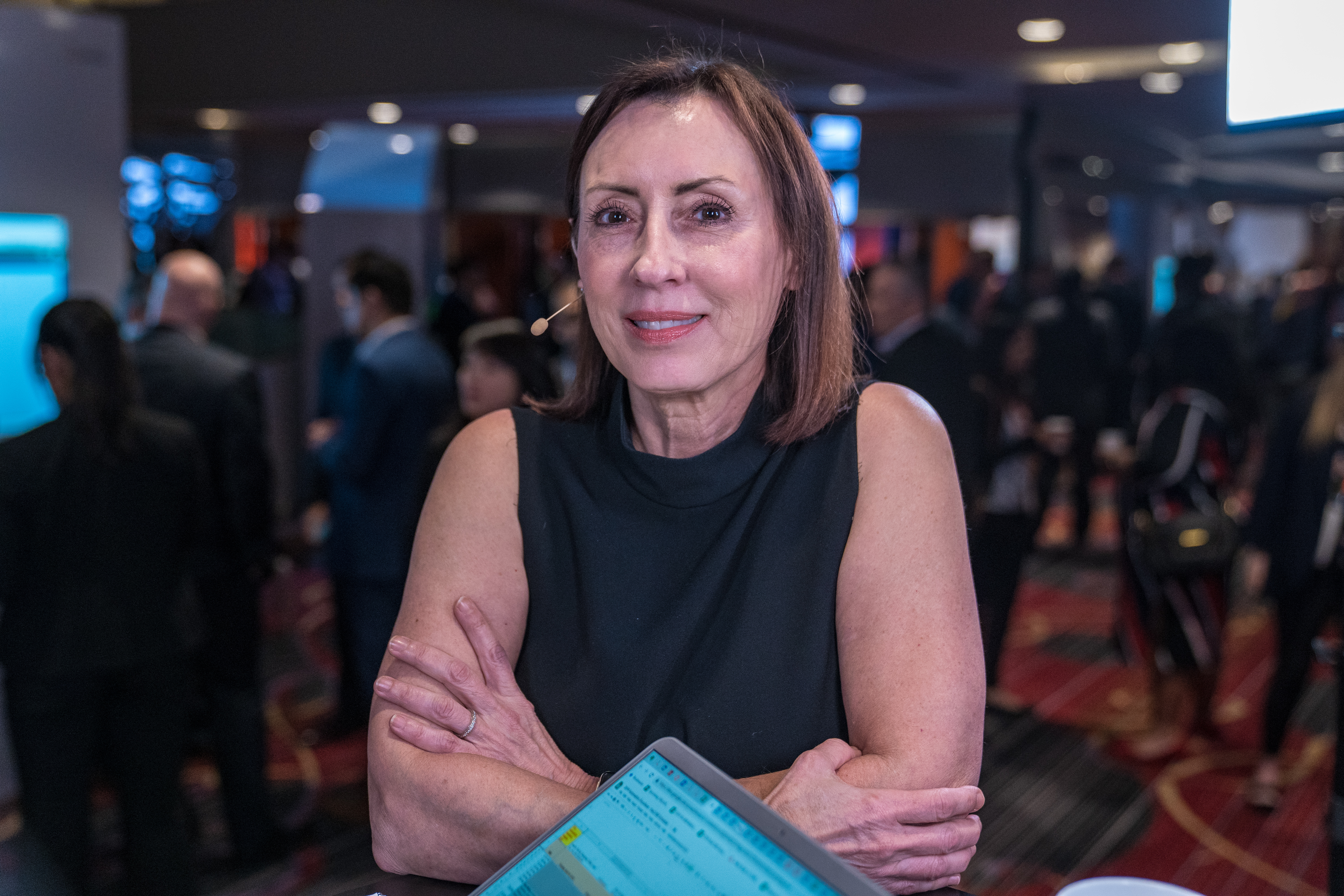 AI
AI
 AI
AI
 AI
AI
As artificial intelligence, robotic process automation and machine learning become more prominent, there is a lot of misinformation and fear about what these technologies actually do and if they will replace people at work. But instead of taking away people’s jobs, according to some, AI can help people do their work better. And this is a huge issue — since more and more people are less engaged at work and turnover rates are peaking in ways never experienced before.
Shelly Kramer (pictured), founder and chief executive officer of V3 Broadsuite, president of Broadsuite Media Group and founder and principal analyst at Futurum Research, often writes and speaks about this subject of the relationship between automation and people.
“Technology is fueling our world, our personal lives, our business world,” Kramer said. “[But] technology alone isn’t the answer; it’s the partnership of human beings and their skill sets and capabilities and data and automation and artificial intelligence and all those things. So I think that it’s an incredibly exciting time.”
Kramer spoke with Jeff Frick, host of theCUBE, SiliconANGLE Media’s mobile livestreaming studio, during the recent Automation Anywhere Imagine event in New York City. They discussed employee dissatisfaction, automation and the future of work (see the full interview with transcript here). (* Disclosure below.)
While technology is important, the human aspect must come first in order to help people understand the need for technology, according to Kramer, who noted that 82% of employees are disengaged at work and the quits rate is at 15%, which is a staggering statistic. While there are many factors to this global issue, one huge factor is that many jobs are becoming more and more monotonous — making it extremely hard for employees and employers alike.
“An engaged workforce are people who wake up in the morning, or whenever it is they go to work, and who are excited about what they’re doing,” Kramer stated. “So focusing on how we can make the workforce better, and create better cultures, and put systems and processes in place that can make people do their jobs more efficiently … and actually like them — to me that’s the beginning of where we get to this technology piece and what RPA can do, how AI plays a role in there and how employees can partner.”
The language around implementing AI and RPA should be framed in the following way, according to Kramer. Businesses must be very transparent and honest about why they are implementing technology. It’s not to destroy human jobs, but to help human jobs take on more of a creative role instead of a monotonous role. Taking away the monotonous tasks from employees actually saves businesses money in the long run and frees employees to focus on more important matters.
“I think that’s really the challenge for businesses — the messaging,” Kramer said. “It’s about, ‘This is how our company stays successful. This is how you help make your job and the role you play within our organization what you want it to be.'”
Here’s the complete video interview, part of SiliconANGLE’s and theCUBE’s coverage of Automation Anywhere Imagine. (* Disclosure: TheCUBE is a paid media partner for Automation Anywhere Imagine. Neither Automation Anywhere, the sponsor for theCUBE’s event coverage, nor other sponsors have editorial control over content on theCUBE or SiliconANGLE.)
THANK YOU